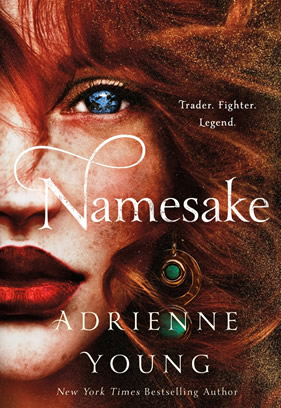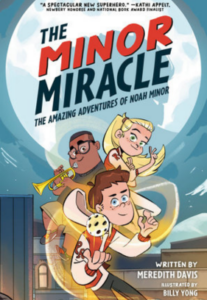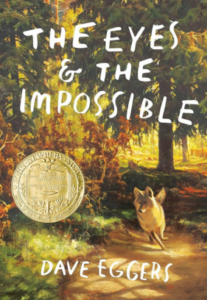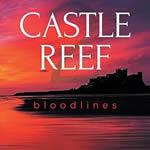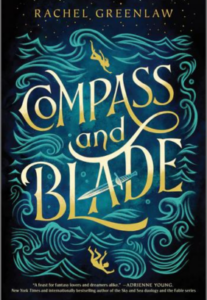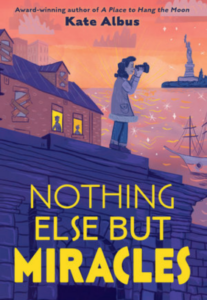In the first book of this series, Fable, the story’s fiery-haired protagonist, had a lot to overcome. At 13, she had been abandoned on a horrible little island by her sea-trader father and left to fend for herself. And with hard work and determination she did just that. While fighting off thieves and cutthroats, she scrabbled her way to a berth on a ship called the Marigold.
Fable had somehow found a ship, a crew and a first love. And at the same time, she was finally able to disentangle herself from the long-reaching tentacles of her father, Saint, the most powerful and heartless trader in the Narrows.
But now, just as Fable has finally gotten a glimpse of true freedom and true love with a wonderful man named West, it’s all snatched away once more. She soon kidnapped by the thuggish Captain Zola, her father’s staunchest rival in the Narrows. She knows that she’s the cheese in some twisted mouse trap that Zola is scheming.
As the days pass and she gains information, however, Fable realizes that there’s so much more than just a rivalry with Saint in play with Zola’s conniving ploy. There are things about her beloved West that she never knew. Secrets of her deceased mother are in the mix, too. There are even ties to a powerful person named Holland, the greatest and most calculating gem trader in all of the port cities. And in some yet unknown way, everything leads back to her: a young nobody who owns, quite literally, nothing.
Fable is still in the dark, but one thing is sure: She needs to be listening carefully, thinking quickly and using whatever meager skills at her command to start making her own moves on the chessboard of happenings around her. Fable may not have a close relationship—or any relationship—with her powerful and brilliant father. But she’ll have to call upon every ounce of savvy she’s inherited from him to beat every one of these sea-going schemers at their own game.



